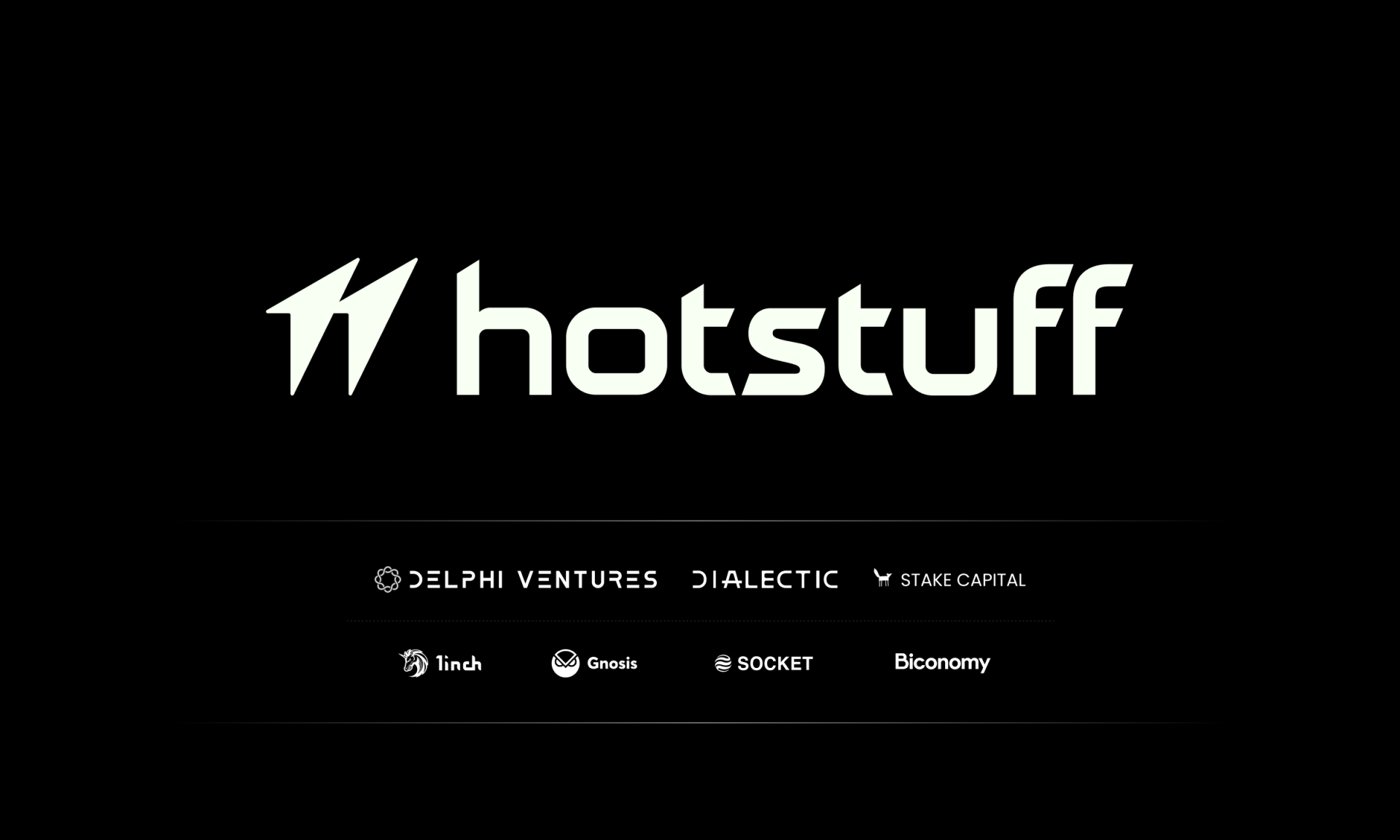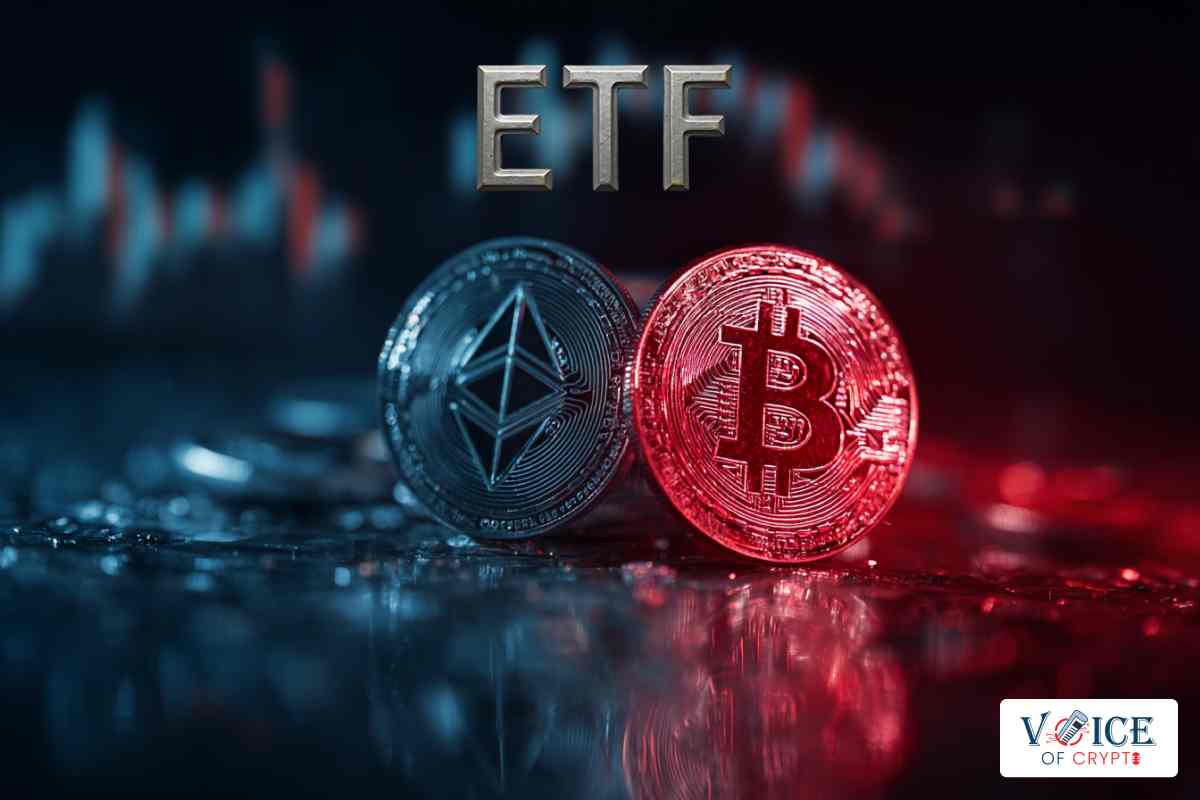Key Insights
- Spot Bitcoin ETFs have just exploded with $4.5 billion trading volume on launch, exceeding expectations.
- BlackRock, Fidelity, and Grayscale lead the pack with their ETFs being among the most traded.
- Investors appear to favour ETFs with lower expense ratios, as shown by iShares’ popularity with a 0.4% expense ratio.
- Hashdex ETF launch was delayed due to regulatory hurdles, forcing the asset manager to use futures exposure instead of spot.
- Futures ETFs are also being dumped massively for spot ETFs, according to an analyst from Bloomberg.
Everyone expected the spot Bitcoin ETFs to be huge once approved and launched.
However, no one expected it to be this huge.
Several Spot Bitcoin ETF applications were approved on Thursday this week, including the ones from BlackRock, Hashdex, 21 Shares and others.
And over the last day, they have beaten analyst expectations several times over. According to reports, these ETFs have garnered over $4.5 billion in trading volume during their first day on the market.
Interestingly, something went wrong with one of these issuers, forcing it to delay its spot exposure. However, this has not stopped anything, and the ETFs are starting out as one of the biggest successes in the history of crypto.
More details below.
Blackrock, Fidelity And Grayscale Lead The Pack In Bitcoin ETF
When it comes to trading volume and performance, three of the ten Bitcoin ETFs that were approved on Thursday, January 11 2024, stood out.
These three include the Fidelity Bitcoin Trust (FBTC) from Fidelity, the Grayscale Bitcoin Trust (GBTC) from Grayscale, and the iShares Bitcoin Trust (IBIT) from BlackRock.
Yahoo finance data shows that the IBIT from iShares was the most popular fund among investors, pulling in about $1 billion in trading volume. This amounts to about 22% of the total trading volumes raked in by the spot ETFs.
This might be unrelated to how well iShares’ ETF performed, but the IBIT had the lowest expense ratio, making it the cheapest ETF by far for investors.
FBTC from Fidelity came in as the second most traded ETF, with a trading volume of about $685 million.
Interestingly, we can see a direct correlation between how investors choose ETFs and their expense ratios because Fidelity’s FBTC had an expense ratio of about 0.5%.

Coming in at a third place, we have GBTC from Grayscale, with an expense ratio of about 2%.
The Issue With Hashdex
While the majority of Bitcoin ETF issuers were allowed to begin trading with spot exposure, one of them was forced to make do with futures exposure.
Hashdex, a Brazilian asset manager, only had its 19b-4 filing approved, instead of its S-1 Filing.
As a result, Hashdex had to defer its spot exposure and opt instead for a futures-based ETF, much like the ProShares Bitcoin Strategy ETF (BITO) and the VanEck Bitcoin Strategy ETF (XBTF), which were the first Bitcoin ETFs to launch in the U.S. market in October 2023.
Hashdex also had to release a public statement, clarifying that as of 11 January, its S-1 filing had not been approved, and that it would notify investors as soon as it gained permission from the SEC.
The Death Of Futures ETFs? Investors Dump Holdings Massively
As soon as the spot ETFs hit the markets, the price and trading volumes of futures ETFs declined severely.
As outlined by Eric Balchunas, a senior ETF analyst at Bloomberg, the ProShares Bitcoin Strategy ETF (which was the first and largest Bitcoin futures ETF), had more than $2 billion in trading volume on January 11.

However, it comes as a disappointment, because most of this volume was from selling.
The same thing happened with the Bitcoin Strategy ETF (XBTF) and BITO, which investors sold just as heavily.
On the other hand, investors lapped up the spot ETFs, leading to massive demand that might force their issuers to buy more Bitcoin. This demand, in turn, might increase the price of Bitcoin.
However, Balchunas also says that Bitcoin investors might have to wait until Monday when BlackRock and the others report their holdings and inflows, to realize the true impact of the ETFs on Bitcoin’s price.
Overall, the demand for Bitcoin is already skyrocketing, just as analysts said it would. And it is safe to say that Bitcoin may never go below the $30,000 mark again, according to Altcoin Daily.
Disclaimer: Voice of Crypto aims to deliver accurate and up-to-date information, but it will not be responsible for any missing facts or inaccurate information. Cryptocurrencies are highly volatile financial assets, so research and make your own financial decisions.









